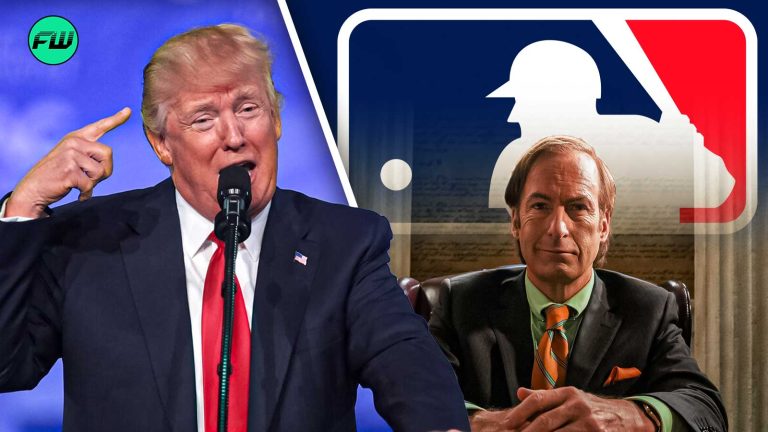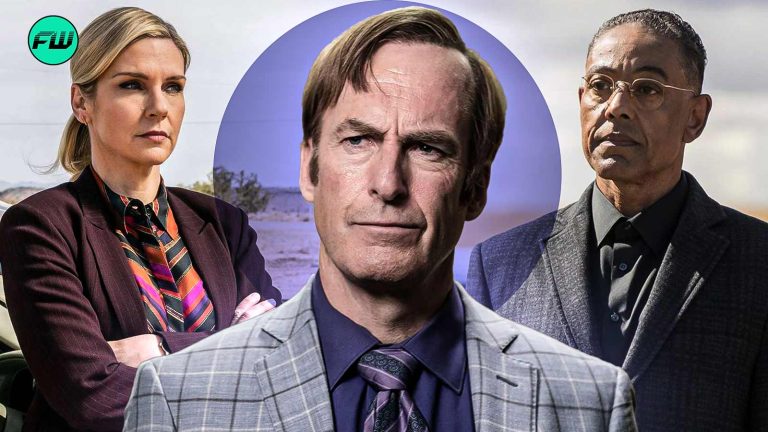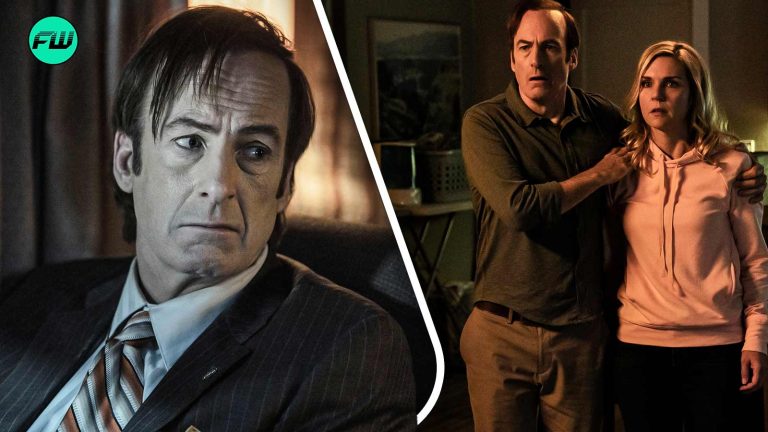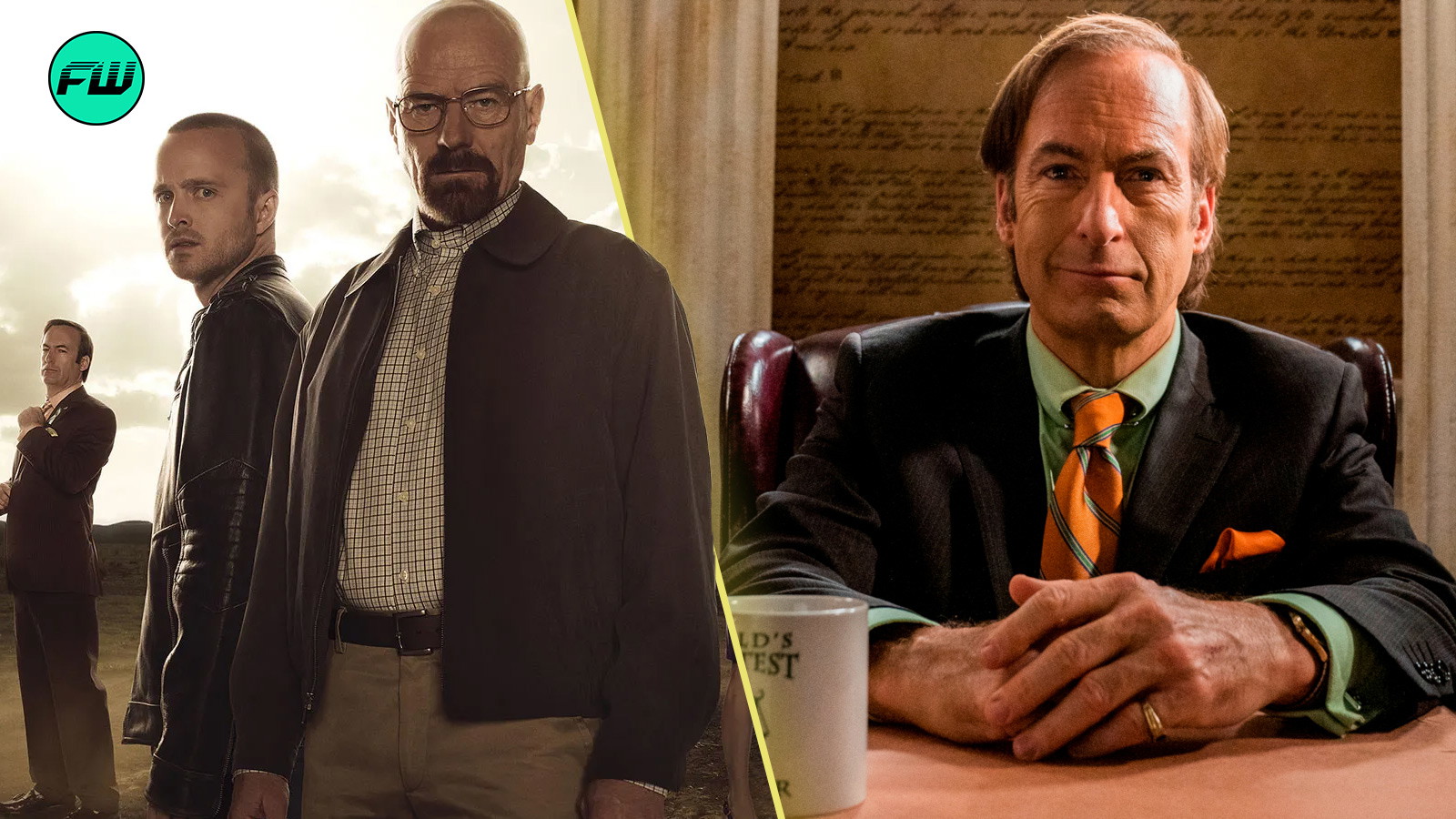
The crime drama genre reached an all-time high when Breaking Bad took over the AMC screens in 2008. What started with no networks showing interest in the project to it being one of the most loved shows out there, this masterpiece has truly come a long way. Born out of the genius of Vince Gilligan, the show depicted how decisions can turn someone’s life upside down.
In Breaking Bad’s case it was Bryan Cranston’s Walter White, who, after his cancer diagnosis, wants to provide for his family. But his plan quickly spirals out of control into a chilling journey of greed and destruction. After this show came its prequel, Better Call Saul, and it’s safe to say that it perfectly captured the essence of its predecessor.
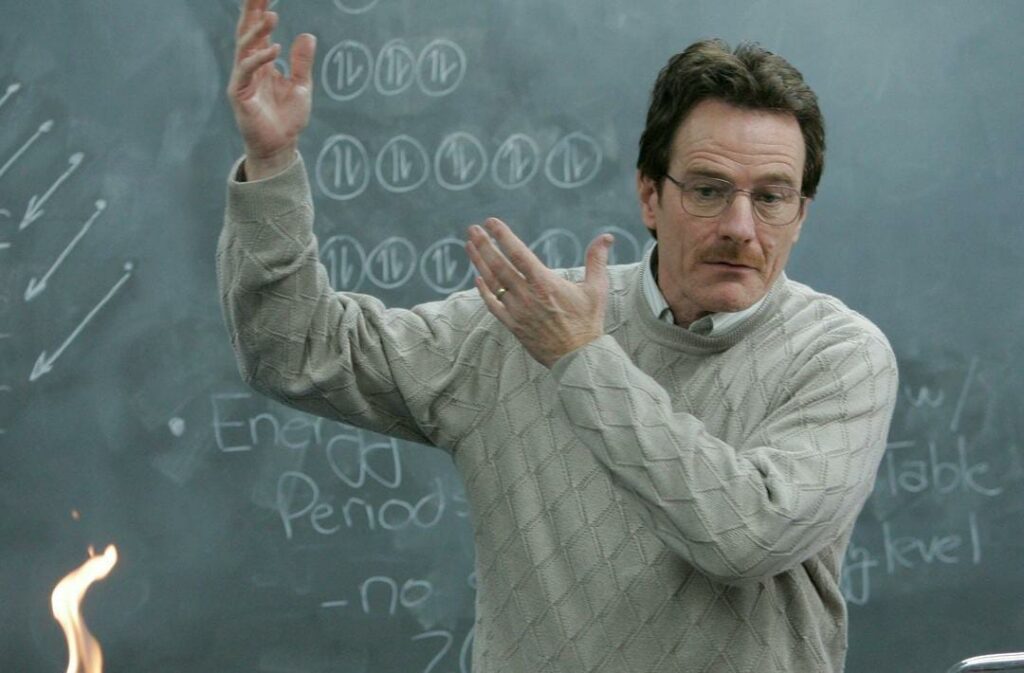
The show Better Call Saul dives deeper into the backstory of morally bankrupt lawyer Saul Goodman. Interestingly, both shows are created by Vince Gilligan, but the debate on which is better has always kept the viewers entertained. Let’s dive into the reasons why Better Call Saul will always be a step ahead of Breaking Bad.
The courtroom showdown that changed Better Call Saul forever
Every show needs a defining moment that will completely change how the viewers perceive it. For Better Call Saul, that moment happened in Season 3, Episode 5, titled Chicanery. While the show had already established that it was a deserving successor of Breaking Bad, this episode further solidified its place as one of the finest shows out there.
At the center of this episode was probably the most gripping courtroom showdown ever in the history of television. And unlike Breaking Bad, which thrived on shootouts and drug deals gone wrong, the prequel proved that it was just as intense, without even a gun being fired. Instead of this, a psychological war—waged not with weapons but with words took place.
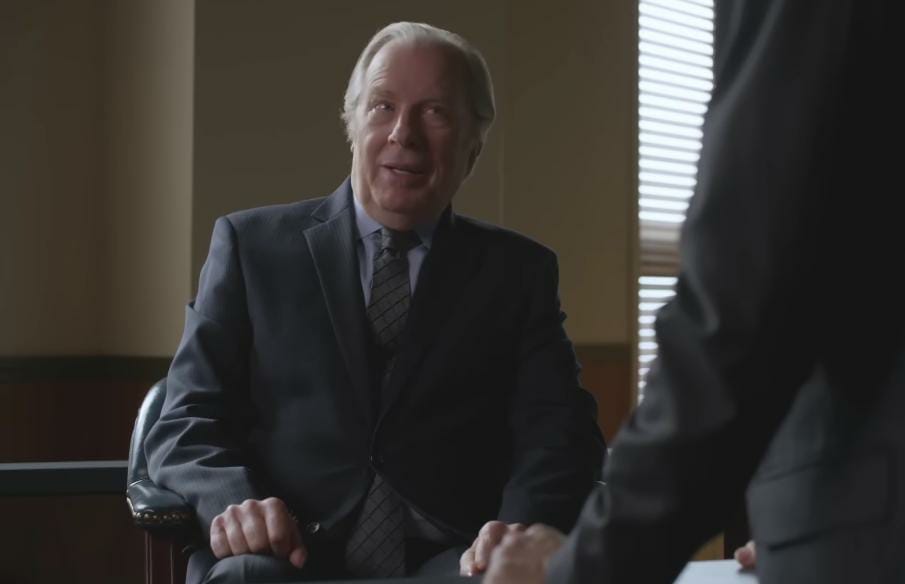
Jimmy McGill and his older brother, Chuck, with years of resentment and rivalry, finally go head-to-head in a legal battle. Chuck, in his usual demeanor, believes that he has cornered his brother and is all set to expose his deceit and put a stop to his legal career. But he forgets to anticipate just how far Jimmy is willing to go to win the battle.
What happened in the climax was something that kept everyone on the edge of their seats. Chuck has a furious breakdown on the witness stand and reveals his paranoia for the entire world to see. This sequence was raw, heartbreaking, and quite impossible to look away from.
This was easily one of the finest moments on the show and presented two brothers who were deeply flawed and didn’t even think twice before tearing each other apart in front of the audience.
Less predictable main character arc
Fans were already well aware of Walter White’s descent into being the antagonist of the show. His journey from being a high school chemistry teacher to being a dangerous drug kingpin was something that everyone could anticipate from the outset.

But the same was quite different for Jimmy McGill’s transformation into Saul Goodman, which was anything but predictable. The prequel’s structure also allowed the show to explore the happenings of his past, present, and even his future. For this, Better Call Saul used black-and-white flash forwards to keep the audience engaged beyond the events of Breaking Bad.
While we all knew Jimmy would eventually become Saul, how he got there and where he ended up remained a huge mystery. Thus, making his character arc far more compelling.
A more powerful duo
Relationships were at the heart of Breaking Bad, with Walter White and Jesse Pinkman being the most toxic duo ever to appear on a show. But Better Call Saul brought forth an even more nuanced duo out in the open: Jimmy and Kim Wexler. She wasn’t just another love interest in a show but had her own ambitions, strengths, and obviously flaws.
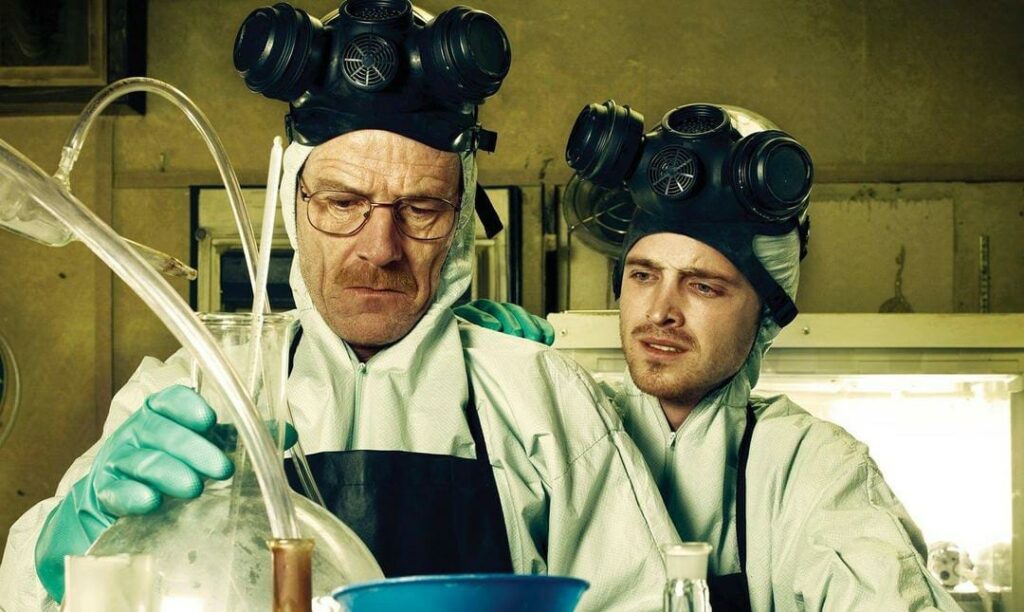
So, her dynamic with Jimmy was both heartwarming and heartbreaking and at times even more gripping than anything Breaking Bad had to offer. So, all in all, Better Call Saul wasn’t just a crime story; it was also about love, ambition, and the tragic ways people change.
Better Call Saul has better cinematography
Both the shows had some of the most impressive visuals out there, but Better Call Saul would definitely be a step ahead with more subtlety and precision. Breaking Bad often leaned on more dramatic elements such as its infamous yellow filter for scenes set in Mexico.
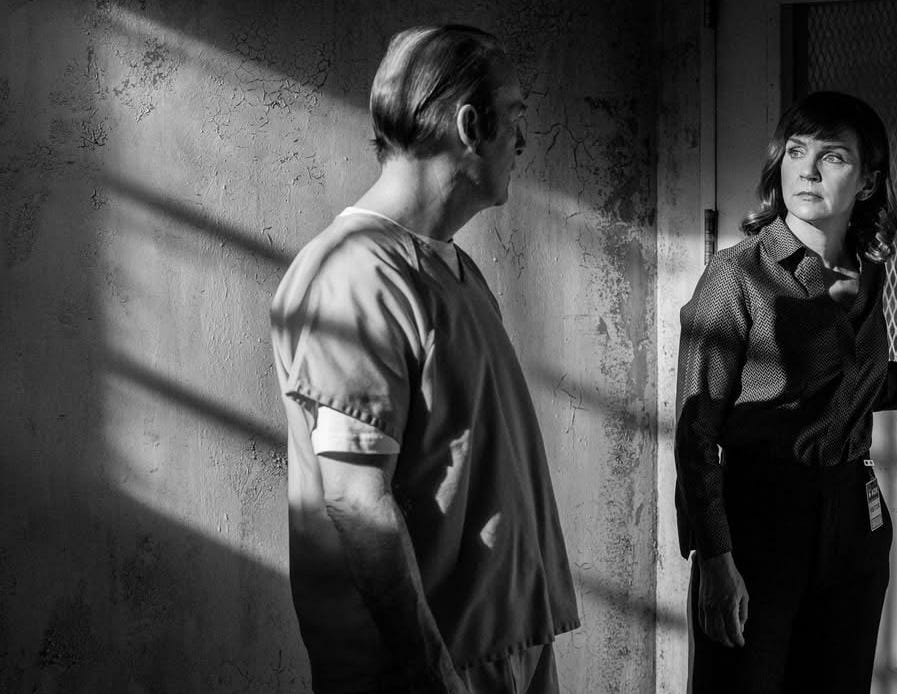
But Better Call Saul focused more on its aesthetic and visual storytelling, making it more restrained yet deeply effective. The stark black and white sequences in the final season also added another layer of artistic ambition to Better Call Saul.
And these elements weren’t just added to make it look good but were also purposeful and perfectly reinforced its themes of isolation, transformation, and regret.
Unpredictable final season
By the time Breaking Bad entered its final season, the trajectory of the show was quite clear. Walter White had fully embraced his villainous side, and the show was moving forward to his inevitable downfall. The thrill came from witnessing how everything unraveled rather than wondering if it would.
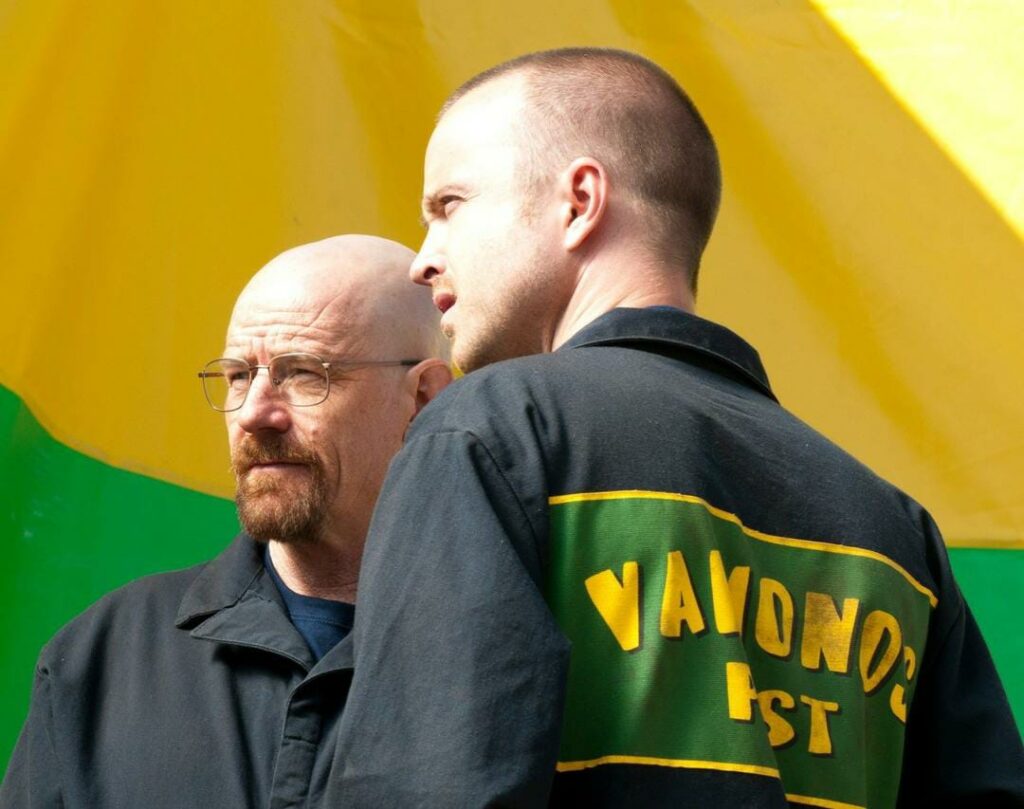
Better Call Saul, however, delivered a less conventional and more surprising ending. Major character deaths, shocking twists, and significant time jumps kept the audience on the edge of their seats, guessing. This proved just how much the show was capable of reinventing itself until the very end.
Bob Odenkirk’s career-defining performance as Saul Goodman
Bryan Cranston‘s transformation from being a sitcom dad to a dramatic powerhouse was one of Breaking Bad’s biggest surprises. But Better Call Saul did something even more impressive and brought a character initially introduced as comedic relief and turned him into one of the most contentious figures in television history.
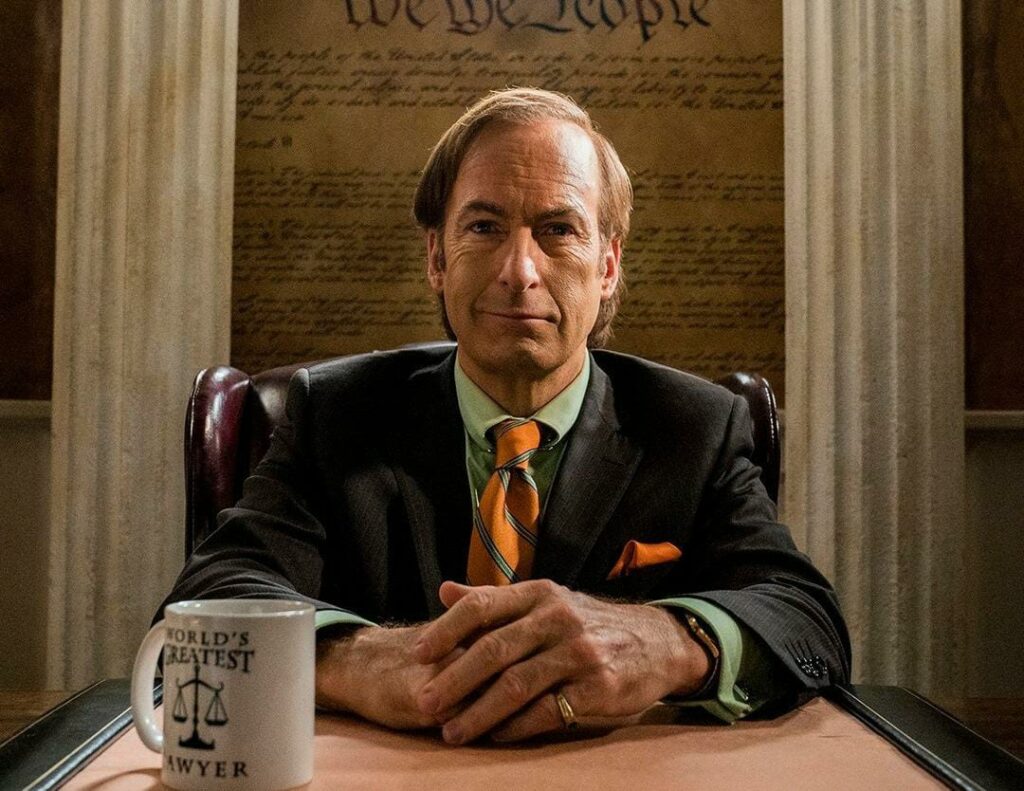
Bob Odenkirk delivered a masterclass in acting and brought a lot of different elements and emotions to Jimmy McGill. His stellar performance elevated the show beyond a crime drama and made it a deeply human story about identity, choices, and consequences.
Conclusion: The better show?
Comparing Breaking Bad and Better Call Saul is like comparing two masterpieces—both incredible, but in completely different ways. Breaking Bad was all about adrenaline and the rise (and fall) of a criminal mastermind. Better Call Saul, on the other hand, wasn’t just a crime story—it was a character study, a slow-burn tragedy that made every misstep feel inevitable.
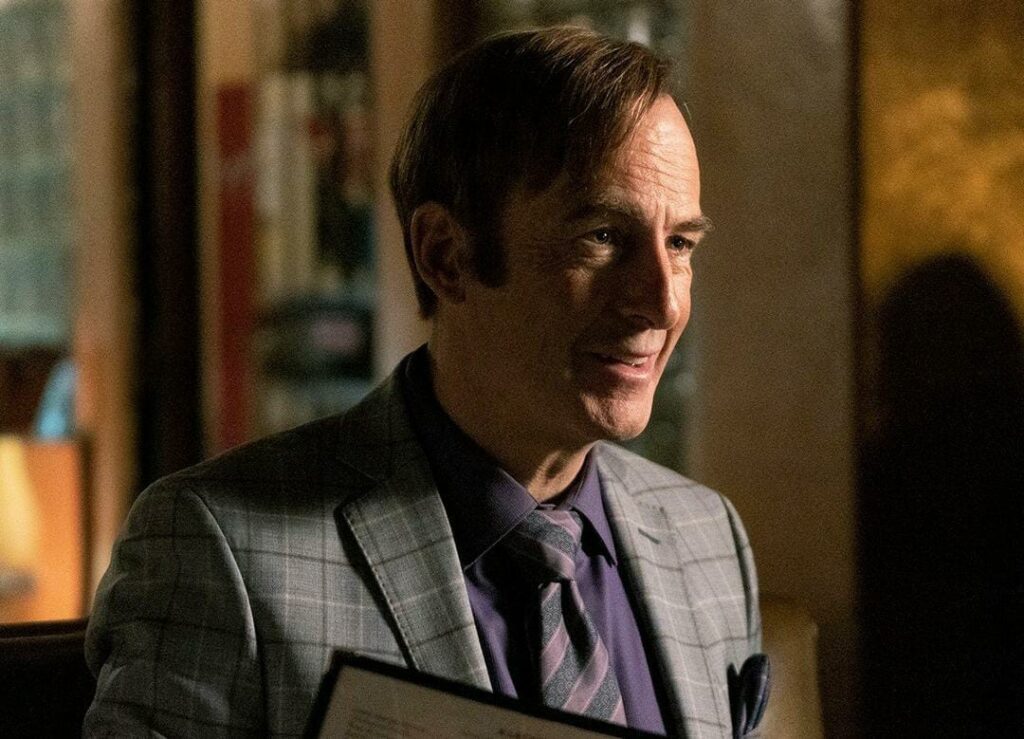
It didn’t just match Breaking Bad—in a lot of ways, it outdid it. While fans will always have their reasons as to why they support a particular show, when it comes to these two, Better Call Saul is definitely reigning supreme.
You can watch Breaking Bad and Better Call Saul on Netflix.
This post belongs to FandomWire and first appeared on FandomWire
